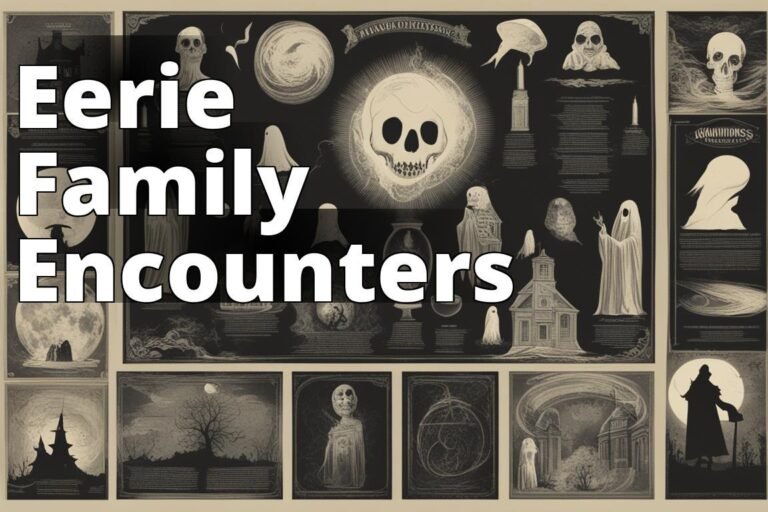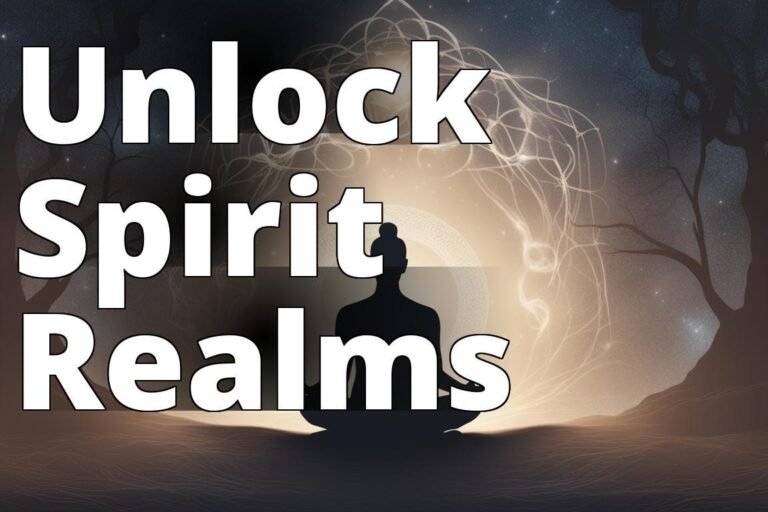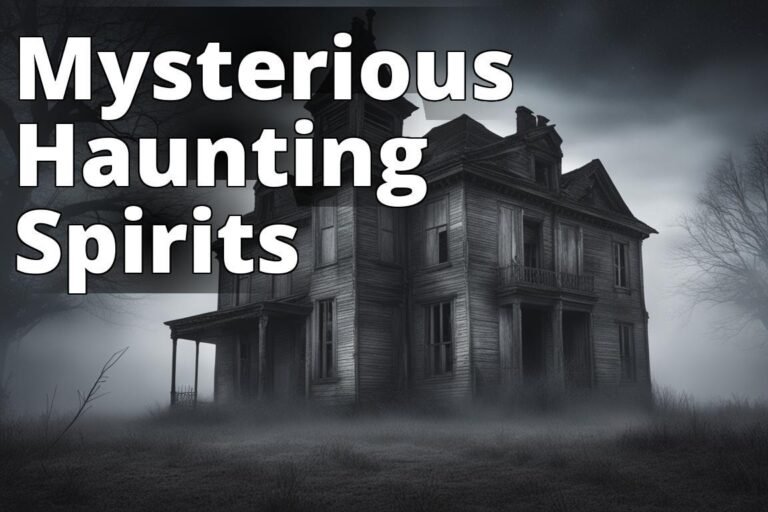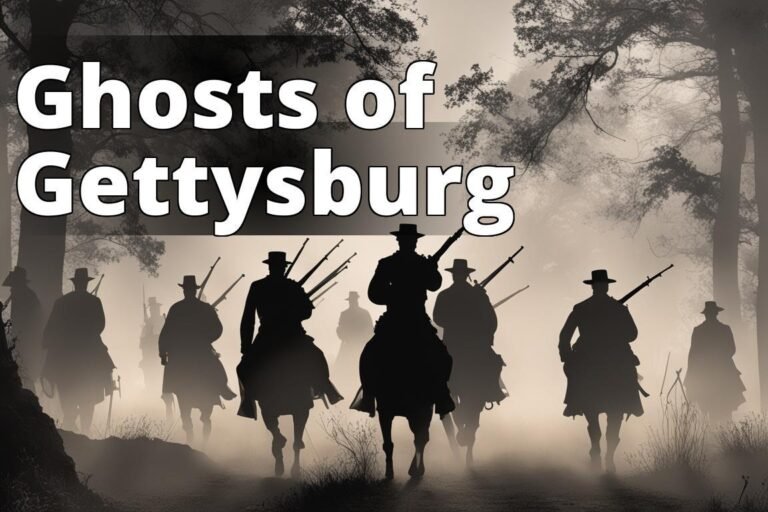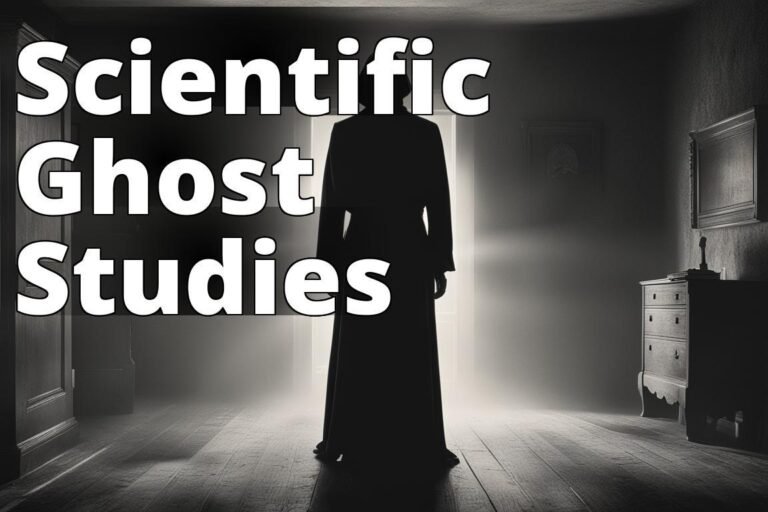What Are Ghosts? The Science of Ghosts and Hauntings
Have you ever felt a sudden chill in the air, heard footsteps when you’re alone, or seen something out of the corner of your eye that disappears when you look directly at it? If so, you might have wondered if ghosts are real. Today, we’re diving deep into the world of ghosts and hauntings, exploring what science has to say about these mysterious phenomena. From the eerie history behind ghost stories to the latest scientific investigations, let’s uncover the truth behind the spectral whispers in the dark.
Learn About Understanding Ghosts
- What are ghosts?
- Ghosts are believed to be spirits of deceased individuals that have not moved on from the physical world.
- Why do people see ghosts?
- People may see ghosts due to various reasons such as unresolved emotions, traumatic events, or strong connections to a particular location.
- Can ghosts be detected with scientific instruments?
- While some researchers use scientific tools to investigate paranormal activities, the existence of ghosts is still a topic of debate in the scientific community.
What Are Ghosts? The Science of Ghosts and Hauntings
Ghosts have been a topic of fascination and fear for centuries, but what exactly are they? According to folklore and popular culture, ghosts are the spirits of the dead who, for one reason or another, have not moved on to the afterlife. However, science takes a more skeptical view, suggesting that what we perceive as ghosts could be anything from optical illusions to psychological phenomena.
What Is a Ghost?
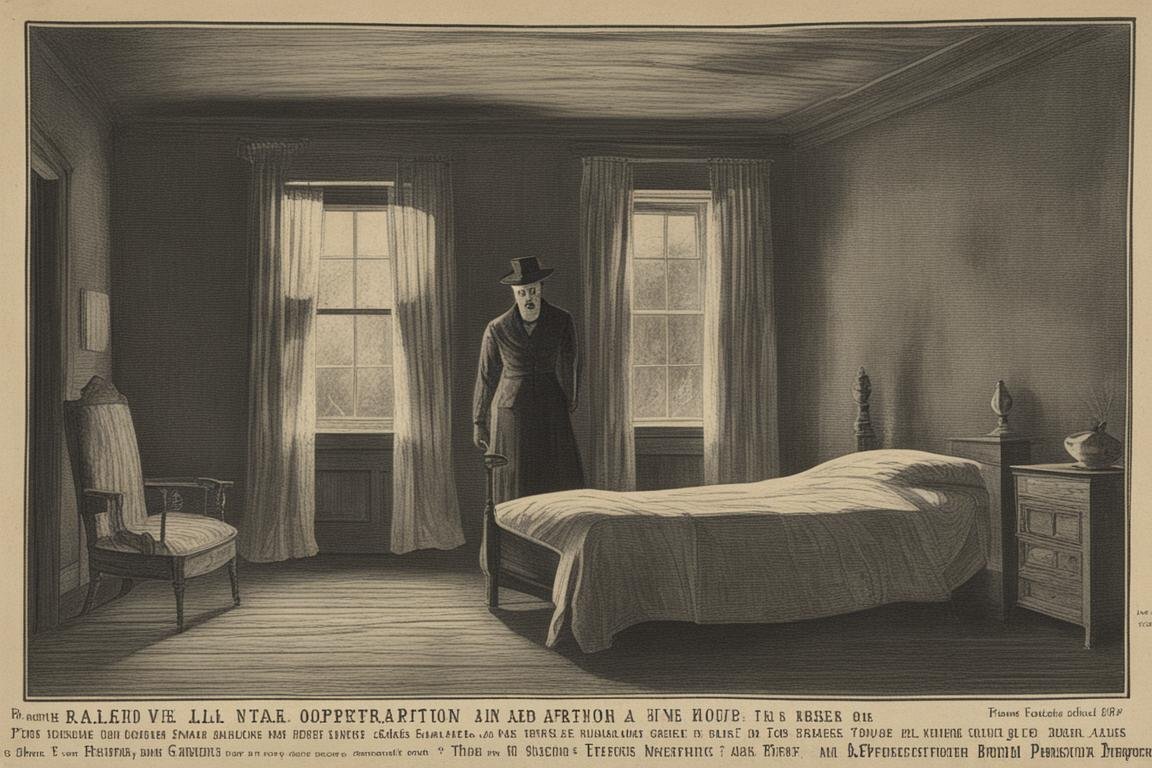
At its core, a ghost is believed to be the soul or spirit of a deceased person or animal that can appear to the living. Descriptions of ghosts vary widely from an invisible presence to translucent or barely visible wispy shapes, to realistic, lifelike visions. Scientists, however, argue that these experiences can often be attributed to natural or psychological causes rather than the supernatural.
The History of Ghosts
Ghosts have been reported since ancient times, with ghost stories found in the literature of the Romans, Greeks, and Chinese, among others. Throughout history, ghosts have served various purposes, from explaining the unexplainable to conveying messages from the beyond. The Victorians were particularly fascinated with ghosts, hosting séances and ghost-hunting parties in an attempt to communicate with the dead.
Types of Ghosts
When it comes to ghosts, not all are created equal. Here are a few types that people commonly report:
Apparitions
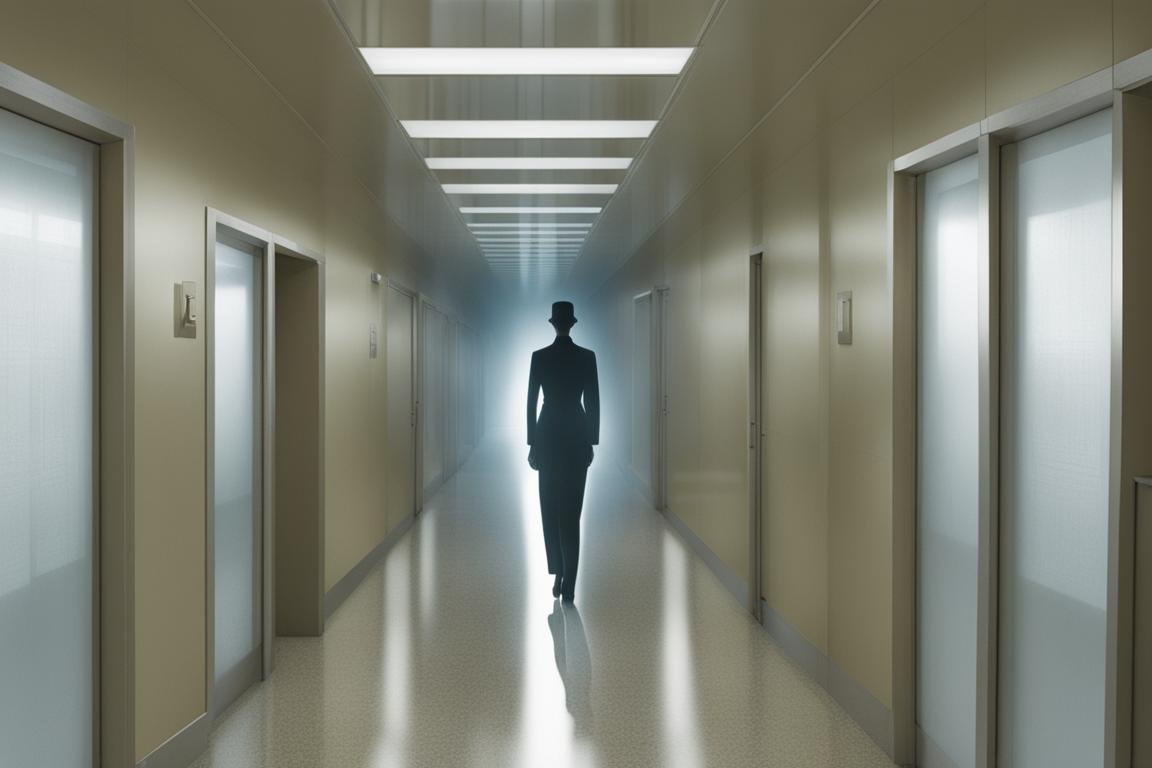
Apparitions are what most people picture when they think of ghosts: a visible, often humanoid presence that seems to appear out of nowhere. Some believe these are the spirits of the dead making themselves known to the living.
Poltergeists
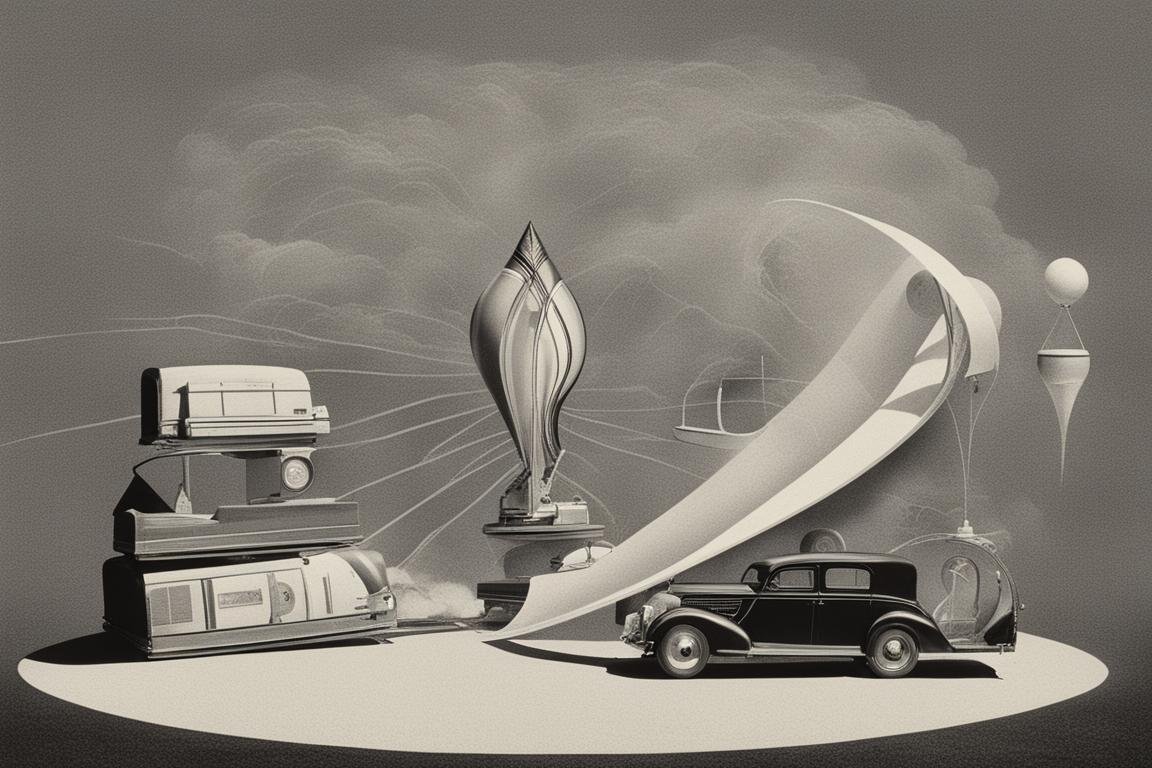
Poltergeists are known for causing physical disturbances, such as loud noises, objects moving on their own, or even harm to living people. Some researchers speculate that poltergeist activity might be linked to psychic energy, particularly in teenagers.
Hauntings
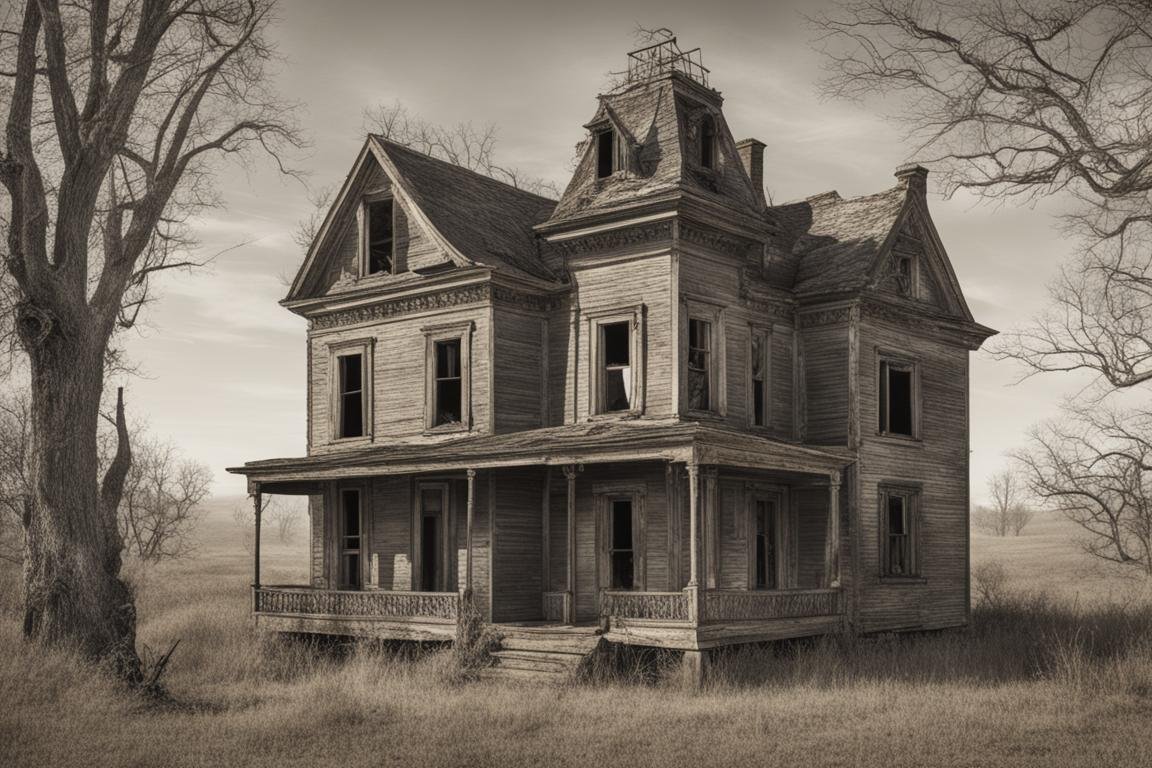
Hauntings involve repeated paranormal activity associated with a particular location. Unlike apparitions, which are thought to be linked to specific individuals, hauntings seem to be tied to a place where significant emotional events have occurred.
Why Do People See Ghosts?
Many experts believe that ghost sightings can be explained by environmental factors, psychological states, or even brain anomalies. Conditions such as sleep paralysis, where a person is awake but unable to move, can lead to hallucinations of ghosts or intruders. Other times, infrasound (sound below the range of human hearing) or electromagnetic fields can create discomfort or feelings of being watched.
How Do Ghosts Move?
One of the most puzzling questions about ghosts is how they interact with the physical world. Some theories suggest that ghosts are made of a form of energy that’s not yet understood by science, which allows them to move objects or make noises. However, there is no concrete evidence to support this idea.
Can Ghosts Hurt You?
While many ghost stories involve spirits causing harm to the living, most reported encounters with ghosts are benign. Even in cases of poltergeist activity, the intent to harm is often more assumed than evidenced. It’s worth noting that fear and expectation can play significant roles in how we interpret these encounters.
Can Ghosts Be Captured on Film?
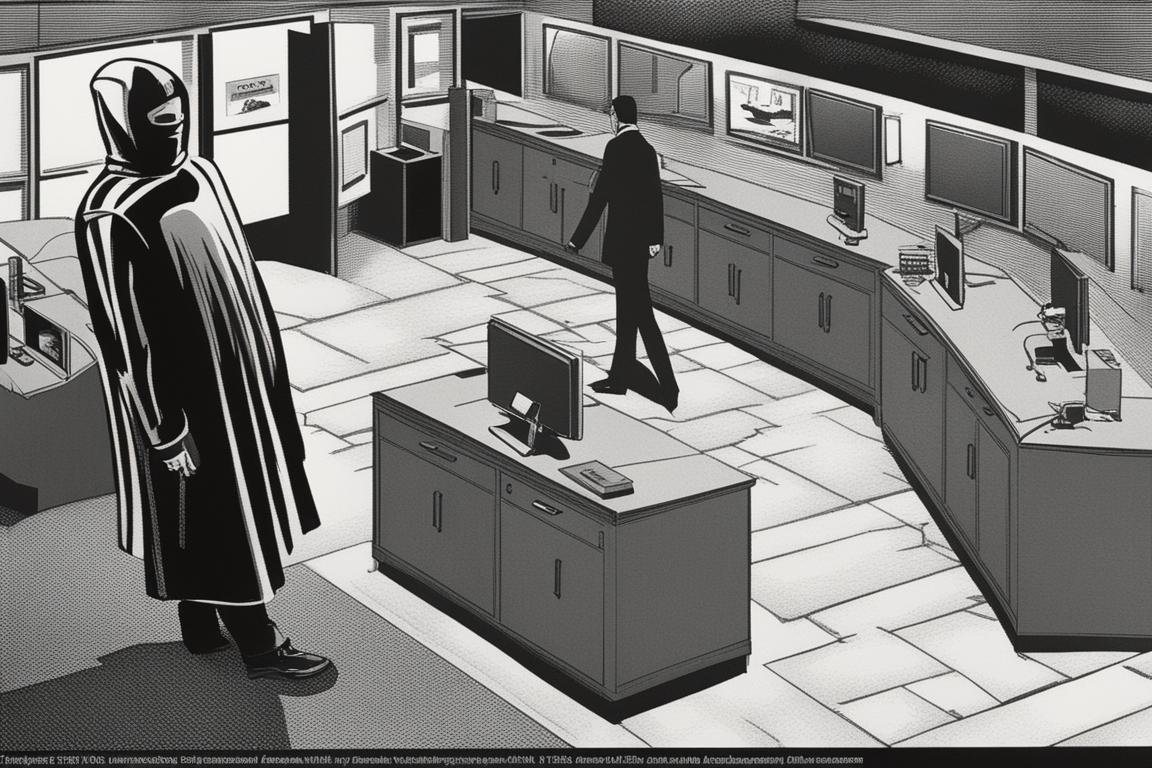
With the advent of photography and, later, video cameras, there have been numerous attempts to capture evidence of ghosts. While there are countless photos and videos claiming to show ghostly figures, skeptics argue that these can often be explained by tricks of light, reflections, or even deliberate hoaxes.
Can Ghosts Be Recorded on Audio?
Audio recordings, known as Electronic Voice Phenomena (EVP), are another common method used to try to communicate with spirits. While some recordings contain voices or sounds that weren’t heard at the time, critics suggest that these could be radio interference or the power of suggestion influencing what we think we hear.
Can Ghosts Be Detected With Scientific Instruments?
Researchers have used everything from electromagnetic field meters to thermal cameras in an attempt to detect ghostly presences. So far, there’s no definitive instrument that can reliably detect ghosts, leading many to conclude that if ghosts do exist, they might not interact with the physical world in a way that current technology can measure.
How to Get Rid of a Ghost
For those who believe they’re experiencing a haunting, there are various approaches to try to clear the space, from traditional religious rituals to more modern practices like sage smudging. However, it’s also important to investigate and rule out any possible natural explanations for the phenomena.
The Science of Ghosts and Hauntings
The scientific community remains largely skeptical of ghosts, attributing most paranormal experiences to natural or psychological causes. However, the fascination with ghosts and the afterlife persists, driving both amateur and professional investigations into the unknown.
Despite centuries of ghost stories and sightings, conclusive scientific evidence for the existence of ghosts remains elusive. Whether you’re a believer or a skeptic, the study of ghosts and hauntings challenges our understanding of the world and opens up discussions about the nature of consciousness, life after death, and the unexplained mysteries that continue to haunt us.
In conclusion, while the existence of ghosts might never be scientifically proven or disproven, the stories, experiences, and investigations surrounding them offer a fascinating glimpse into the human psyche and our enduring quest to understand the unknown. Whether ghosts are real or not, they undeniably hold a mirror to our fears, hopes, and the timeless question of what happens after we die.
Answers To Common Questions
Who can help me understand ghosts better?
Paranormal investigators and researchers can provide insight into understanding ghosts.
What are some common signs of a haunting?
Strange noises, cold spots, objects moving on their own are common signs of a haunting.
How can I differentiate between a ghost and a paranormal occurrence?
Ghosts are believed to be spirits of the deceased, while paranormal occurrences can involve a range of unexplained phenomena.
What if I’m scared to learn more about ghosts?
It’s okay to feel scared, start by researching with a friend or in a group for support.
How can I protect myself when exploring the paranormal?
Setting boundaries, using protective crystals, and seeking guidance from experienced individuals can help protect you when exploring the paranormal.
What if I don’t believe in ghosts?
It’s perfectly normal to have doubts, but keeping an open mind when learning about ghosts can lead to interesting discoveries.


